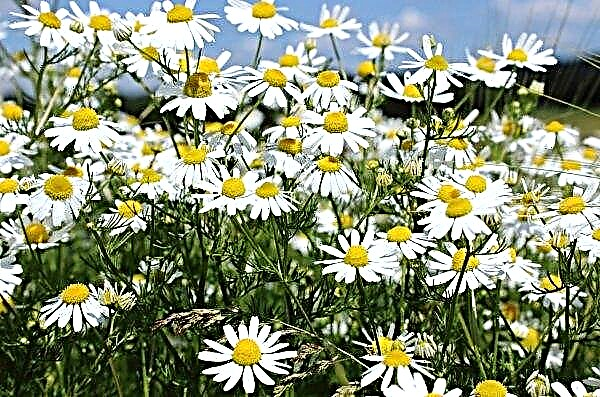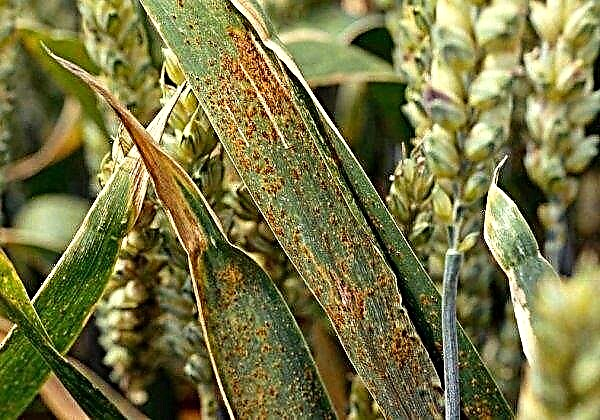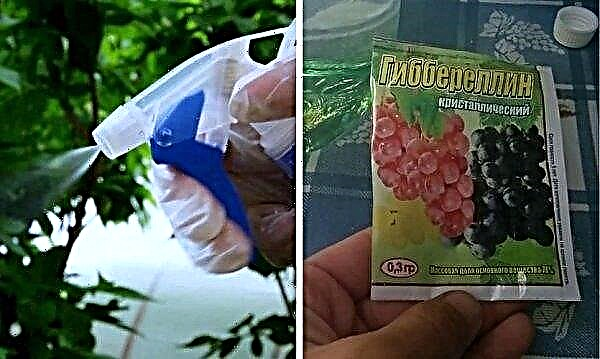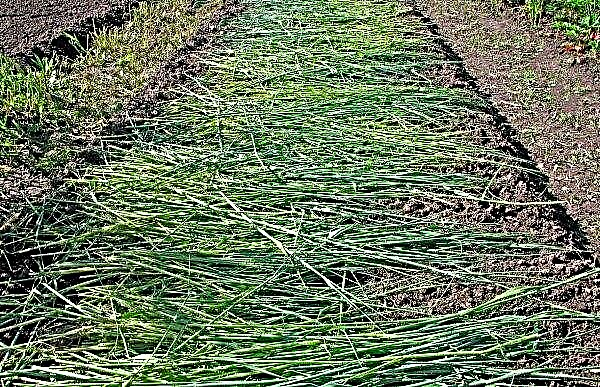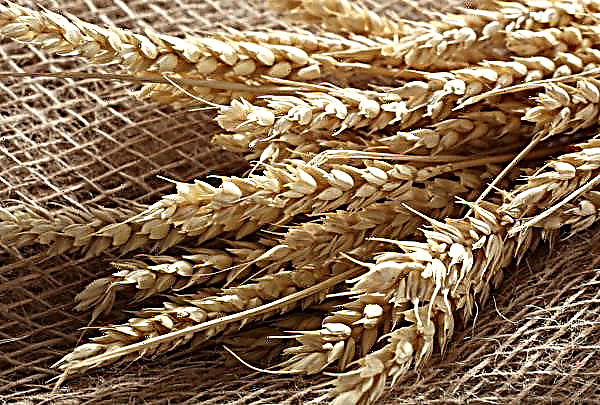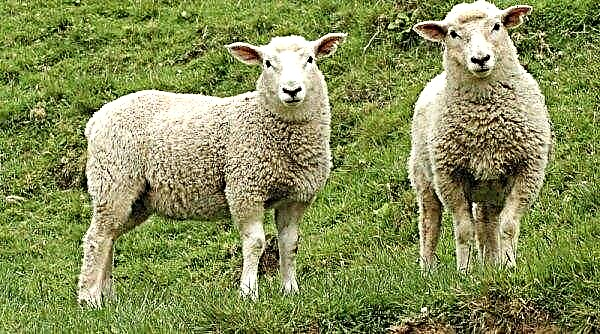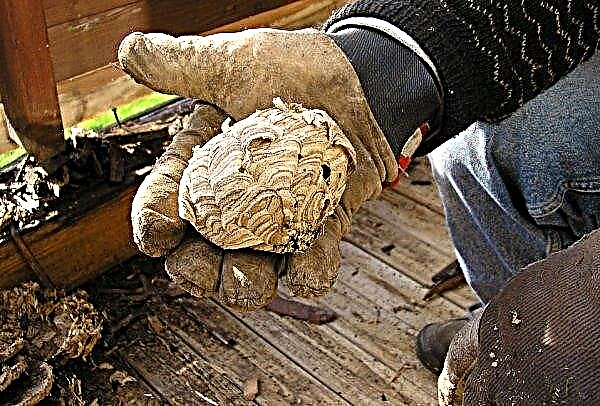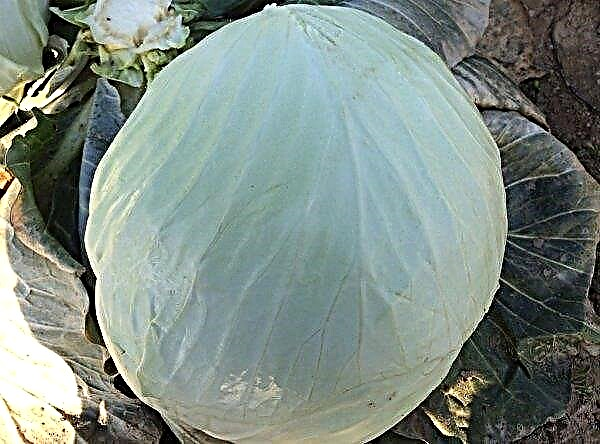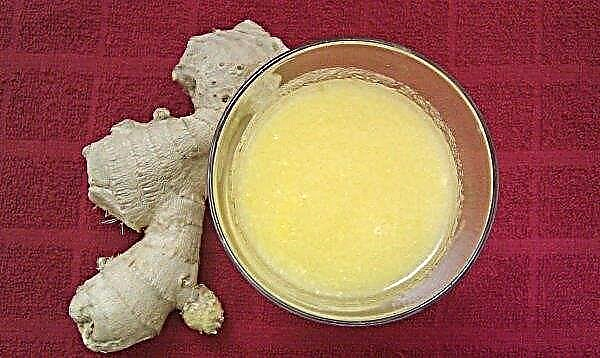Each year, experts from the Russian Agricultural Center conduct thorough research on Russian agricultural land and analyze the presence of locusts on farmland.
“We are not only trying to get a picture of the number of these pests, but we are also predicting the damage that these insects can cause to plants on farms,” the department’s specialists say. An analysis is currently underway of the harmfulness of locusts in 2019.
 According to experts, this fall has allowed locusts to settle on almost 310 thousand hectares of Russian territories. The viability of locusted egg capsules is almost 90%.
According to experts, this fall has allowed locusts to settle on almost 310 thousand hectares of Russian territories. The viability of locusted egg capsules is almost 90%.
“In other words, on average, two pests per square meter were found in the fields,” say experts at the Rosselkhozcentr. After a thorough analysis of the insects found, the experts are sure that next year the population of such a pest as the Italian Pruss will be depressed and apathetic. . This will affect almost all regions of Russia, except Kalmykia and the Chechen Republic, where locust activity is predicted to be high. In 2019, the Moroccan locust, which is activated only on the fields of the same Kalmykia and Stavropol Territory, will find itself in such an apathetic state on the territory of the Russian Federation.
As for the Asian type of locust, its number will be significantly reduced, not counting insects in Kalmykia, Chechen fields and Rostov lands.
“In Dagestan, as well as on the territory of the Kalmyk Republic and on the lands of Stavropol, locusts will be active in 2019, as in previous years,” experts emphasize. “It cannot be ruled out that the Moroccan locust will“ fool around ”in the Astrakhan fields, as well as in Rostov and in some fields of the Caucasus.”



